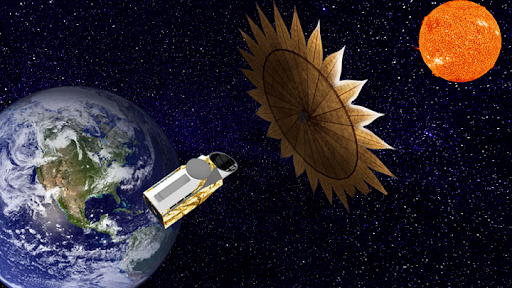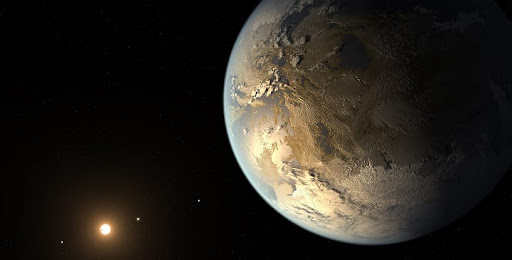
A central component of NASA's science work is to help answer whether life has emerged elsewhere in the cosmos. So far, NASA has been looking tentatively in our own backyard — the solar system — for signs that Earth may be just one of many homes to life.
There are, however, a number of other stellar systems in the Milky Way with planets that life could call home, and NASA aims to search those planets for the markers of life with a concept mission called the Habitable Worlds Observatory (HWO).
To carry out its objectives, the HWO — a proposed infrared/optical/ultraviolet space telescope — will need brand-new technologies, and NASA recently selected three proposals that will help deliver the tech necessary for searching for life outside of the solar system.
Related: The search for alien life (reference)
"The Habitable Worlds Observatory will be a historically ambitious mission, so we are taking a deliberate, strategic approach to its development and laying the groundwork now," Mark Clampin, director of the Astrophysics Division at NASA Headquarters in Washington, said in a press release.
"We will need to bring together diverse expertise from government, academia and industry, while building on technologies and lessons learned from our previous large space telescopes," he continued.
Part of the mission's aims will be to directly image 25 potentially habitable exoplanets around stars that are similar to our sun, and to use spectrographic analysis to study the chemical components of these worlds' atmospheres, in the hopes of detecting chemical signatures that we associate with life.
One example of a novel technology that the HWO will need is a far more capable coronograph. This is an instrument that blocks out light from a star so that its planets can be imaged. The HWO will also need an extremely stable optical system that cannot move more than the width of an atom during its observations. The potential observatory's targets — habitable exoplanets — are very small and far away, so any deviation would muddy our images of them.

Earlier in the year, NASA solicited industry proposals to help achieve these key technologies, and these three awards — worth a total of $17.5 million — will help build on technologies that were necessary for the construction of the James Webb Space Telescope and the Nancy Grace Roman Space Telescope.
"With these awards, we’re excited to engage industry to help close technology gaps to make this groundbreaking mission a reality," said Clampin.







